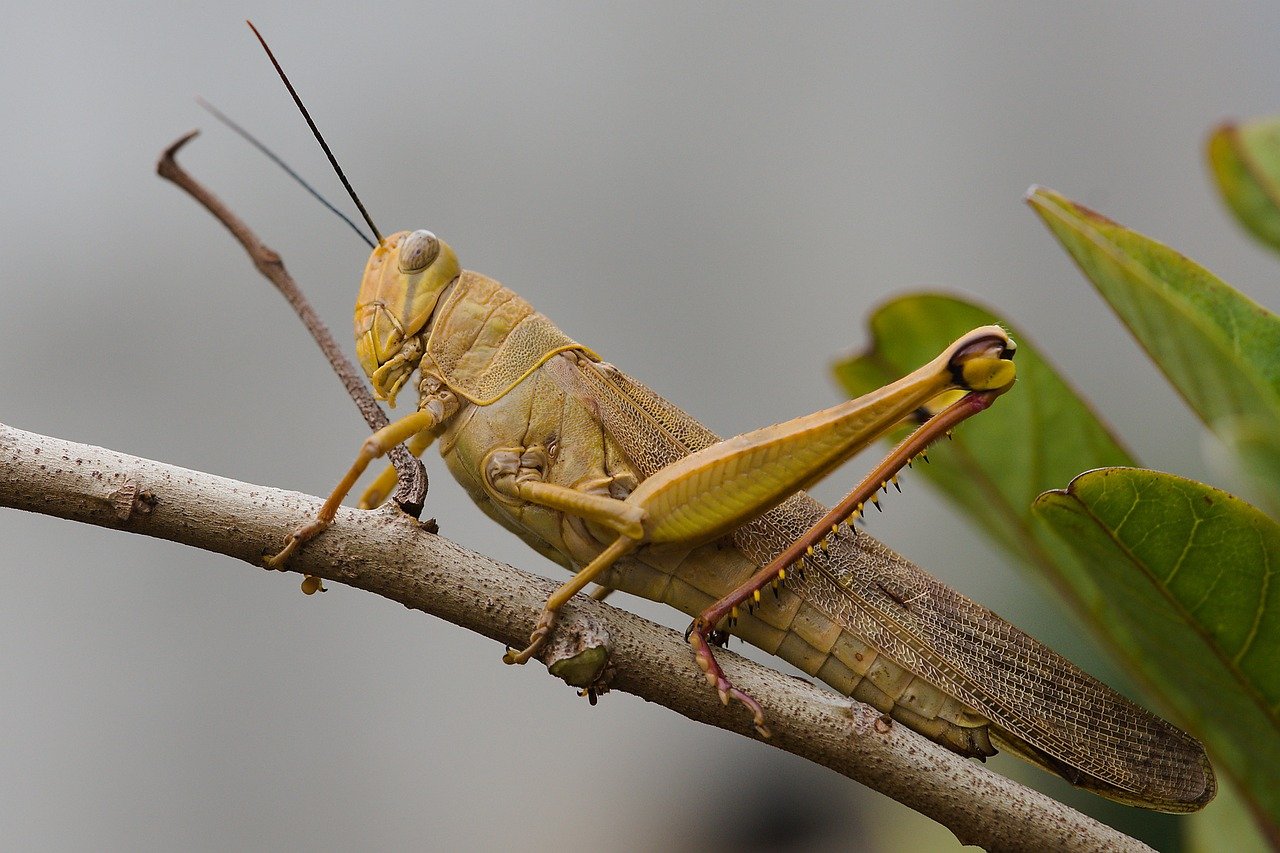By ALICIA FEYERHERM
Tiger Media Network
It seems grasshoppers have been hopping about in larger quantities this summer and fall. While some may think the grasshoppers are migrating, Instructor of Entomology at Fort Hays Hilary Gillock says this is not the case.
“The grasshopper populations we’re seeing now are a little higher than normal, but they’re not really swarming or migrating,” Gillock said. “Grasshoppers in Kansas today don’t migrate in large numbers unless they completely run out of food in an area.”
Gillock attributes the recent uptick in grasshoppers to weather patterns over the past few years. Early-season rainfall promotes weed growth, offering a food source for young grasshoppers and other insects. As the grasshoppers mature, they thrive in hot, dry conditions like what we are currently experiencing.
“Adult grasshoppers can survive dry conditions when many other insects can’t, and then they also outcompete those other insects,” Gillock said.
The increase of adult grasshoppers this year also means an increased egg production for next year.
Kansas State University Extension Entomology Associate Anthony Zukoff wrote about the increased grasshopper population in an Agronomy eUpdate in July, forecasting potential grasshopper issues with fall-planted crops.
“Fall-planted crops could be at risk, especially as alternate food sources are controlled or go dormant,” Zukoff said. “In areas with larger grasshopper populations, seedling alfalfa and wheat could be at risk.”
Zukoff recommended treatment before planting alfalfa if there were 15 or more grasshoppers per square yard around the planting area.
“Once planted and growing, consider treatment if three to five grasshoppers per square yard are found in the seedling alfalfa stand,” Zukoff said.
Clay North and his family farm out in McCracken and said grasshoppers have been an issue this season.
“Grasshoppers would eat it off as fast as it would grow near the field edges,” North said. “Also this year the hoppers would eat on the alfalfa, making inconsistency in the fields. Grasshoppers are typically a problem on dry Falls.”
To combat this, North mows field edges and swaths waterways around fallow ground. He also uses pesticides as needed to slow down the grasshoppers.
However, even with the increase in grasshoppers, Gillock said there is no cause for concern for the average individual. The large “locust swarm” populations do not occur in the U.S. anymore and only happen in some parts of Africa.
Grasshoppers also help out the local ecosystem.
“On a positive note, the current grasshopper populations provide a plentiful food source for native birds and mammals,” Gillock said.

